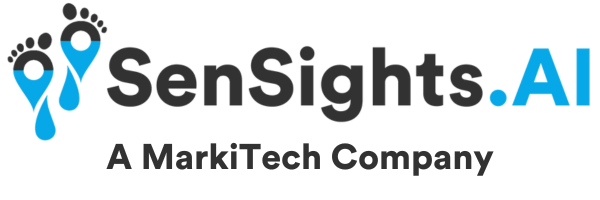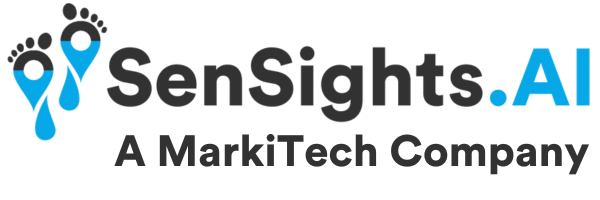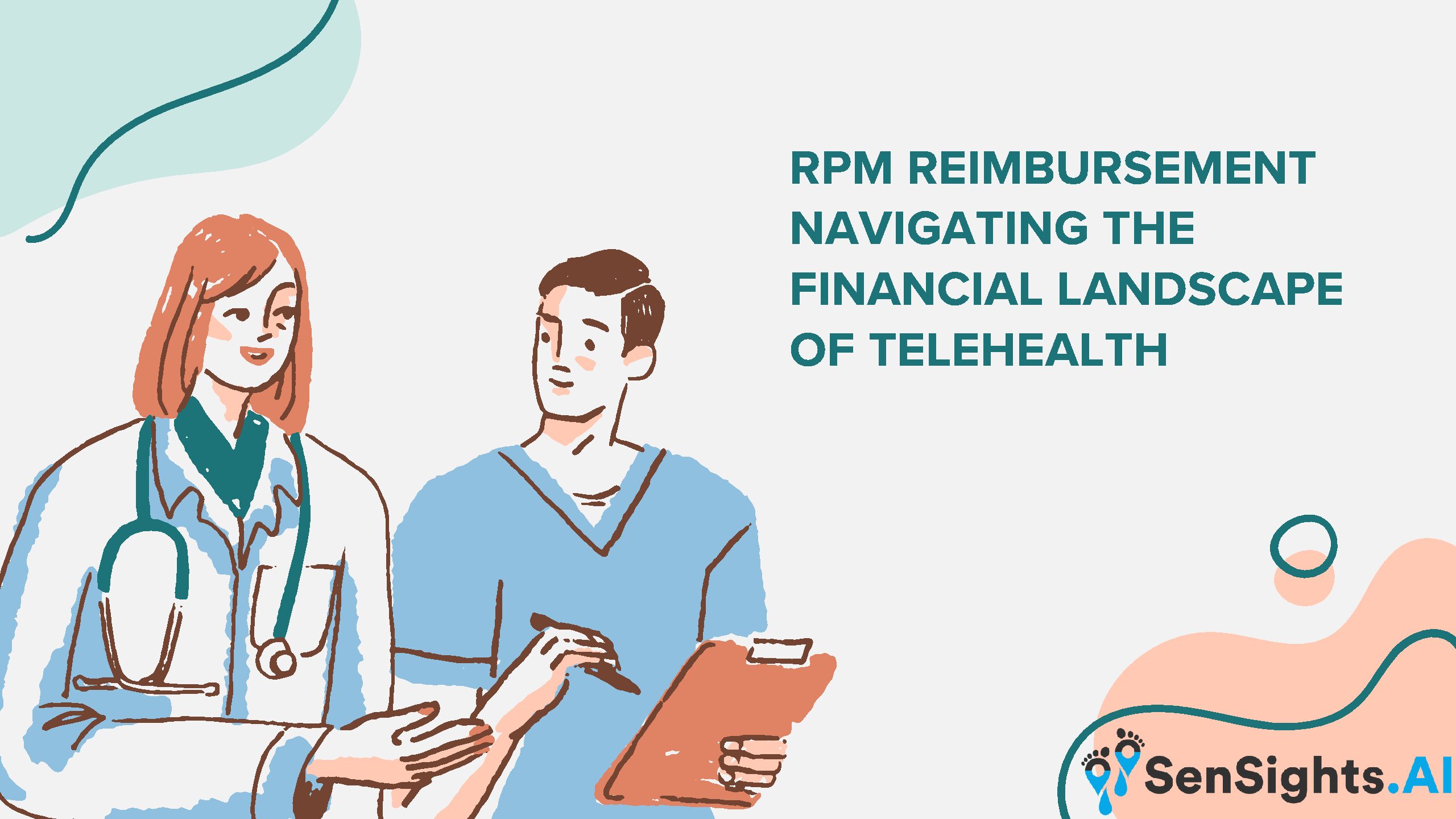Medically Reviewed By: Dr Alex Evans
Image Credit: Canva
Looking for reliable health monitoring devices?
Key Takeaways
- RPM Reimbursement Fuels Telehealth Growth: RPM reimbursement is a critical factor driving the expansion of telehealth services, ensuring that healthcare providers are incentivized to offer remote patient monitoring, benefiting both patients and providers.
- Benefits Galore: Remote Patient Monitoring offers numerous advantages, including convenience for patients, better health outcomes, and enhanced efficiency for healthcare providers, all while reducing the need for frequent in-person visits.
- A Promising Future: The future of RPM reimbursement looks promising with expected standardization of policies, greater integration of AI and remote monitoring devices, and continued improvements in patient care and access to healthcare services.
The world of healthcare is evolving rapidly, and one of the most significant transformations in recent years has been the rise of telehealth. Telehealth, which encompasses remote medical consultations and monitoring, has become an indispensable tool in providing healthcare services, especially in challenging times like the COVID-19 pandemic. But how do healthcare providers get compensated for these remote services? This is where Remote Patient Monitoring (RPM) reimbursement comes into play. In this comprehensive article, we will delve deeper into the world of RPM reimbursement, exploring its intricacies and its vital role in the financial landscape of telehealth.
What is RPM?
Let’s start with the basics. RPM stands for Remote Patient Monitoring. It’s a healthcare service that employs technology to monitor patients’ health remotely. Think of it as having a virtual nurse or doctor who keeps a watchful eye on your health from afar. RPM involves the use of various medical devices to collect and transmit patient data to healthcare providers. This data can include vital signs like blood pressure, heart rate, and glucose levels.
The Basics of RPM Reimbursement
Now that we have a grasp of what RPM is, let’s delve into RPM reimbursement. RPM reimbursement is essentially the financial compensation that healthcare providers receive for offering remote patient monitoring services. It ensures that healthcare professionals are incentivized to adopt and provide these crucial services to patients. RPM reimbursement can come from various sources, including government programs, private insurance companies, and even out-of-pocket payments from patients.
Why RPM Reimbursement Matters
So, why is RPM reimbursement so crucial? The answer lies in the broader adoption of telehealth and RPM services. Without proper reimbursement, healthcare providers might be hesitant to invest in the technology and resources required to offer remote patient monitoring. It’s a simple matter of economics – when healthcare professionals are adequately compensated, it encourages the expansion of telehealth services, ultimately benefiting patients.
How RPM Reimbursement Works
Understanding how RPM reimbursement works is essential for both healthcare providers and patients. The process can be a bit intricate, as it varies depending on several factors. These factors include the location of the healthcare provider, the patient’s insurance, and the specific RPM services provided. In many cases, healthcare providers bill for RPM services using Current Procedural Terminology (CPT) codes. These codes specify the type of service rendered and are used for billing purposes.
Benefits of RPM for Patients
Let’s shift our focus to the patients’ perspective. What are the benefits of RPM for those who receive this form of care? Remote patient monitoring brings several advantages to patients. First and foremost, it allows for more convenient healthcare access. No longer do patients need to travel to a clinic or hospital for routine check-ups. Instead, they can have their health monitored from the comfort of their own homes.
Furthermore, RPM reduces the need for frequent in-person visits, making it especially valuable for individuals with chronic conditions that require continuous monitoring. Patients can rest assured that their healthcare providers are closely watching their health status, leading to more comprehensive and timely care. This also contributes to early detection of potential health issues, leading to better overall outcomes.
Benefits of RPM for Healthcare Providers
Healthcare providers, too, reap numerous rewards from offering RPM services. First and foremost, RPM enables them to provide more personalized care. With access to real-time patient data, healthcare professionals can tailor their treatment plans to individual patients’ needs more effectively. This not only enhances patient satisfaction but also leads to better health outcomes.
Moreover, RPM helps in the early detection of health issues. By continuously monitoring patients’ health data, healthcare providers can identify problems before they become severe, thus reducing the risk of hospital readmissions. This proactive approach to healthcare is not only cost-effective but also significantly improves patient care.
Challenges in RPM Reimbursement
While RPM reimbursement is undoubtedly a boon for the healthcare industry, it’s not without its challenges. One of the primary challenges is determining the appropriate reimbursement rates. Healthcare providers and insurance companies must come to a mutual agreement on how much each RPM service should be compensated. This negotiation process can be time-consuming and complex.
Additionally, navigating the complex landscape of billing procedures and ensuring compliance with regulations can be daunting tasks for healthcare providers. RPM reimbursement policies can also vary from state to state, adding another layer of complexity. Despite these challenges, the benefits of RPM reimbursement far outweigh the hurdles.
Future Trends in RPM Reimbursement
The future of RPM reimbursement holds exciting promise. As telehealth continues to evolve and become an integral part of our healthcare system, we can expect more standardized reimbursement policies. This standardization will make it easier for healthcare providers to offer RPM services without the burden of negotiating individual reimbursement rates with multiple insurance companies.
Furthermore, the integration of artificial intelligence (AI) and remote monitoring devices is set to revolutionize RPM. AI can analyze vast amounts of patient data in real-time, alerting healthcare providers to potential issues promptly. This not only enhances the accuracy and efficiency of RPM services but also reduces the burden on healthcare professionals, allowing them to focus on patient care.
Conclusion
In conclusion, RPM reimbursement plays a pivotal role in the financial landscape of telehealth, ensuring that both patients and healthcare providers benefit from remote patient monitoring services. It’s a win-win situation where patients receive convenient and continuous care, while healthcare providers are compensated for their efforts in delivering quality healthcare services. As technology continues to advance, we can expect even greater integration of RPM into our healthcare system, further improving patient care and expanding access to quality healthcare services.
Want to know more about the future of telehealth?
MarkiTech has various subsidiaries with products and services targeted towards digital healthcare and telehealth/telemedicine and virtual clinic with laser focus on helping seniors age in place and help their caregivers.
Sensights.ai is a company focused on remote patient monitoring and aging solutions, which utilizes artificial intelligence to track the health of patients and keep a round-the-clock connection between caregivers and patients.
As well, Veyetals uses rPPG and AI modeling algorithms to capture the light reflected by the blood vessels under a patient’s skin to measure vitals anytime, anywhere.
Lastly, we are now launched our latest Mental Health AI Scribe tool called CliniScripts.com


